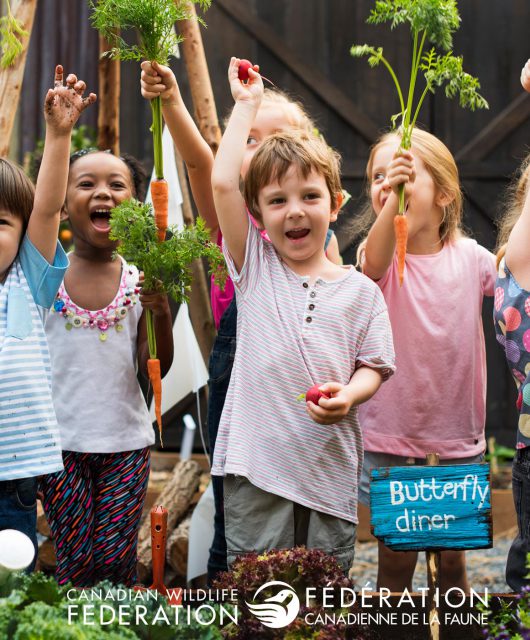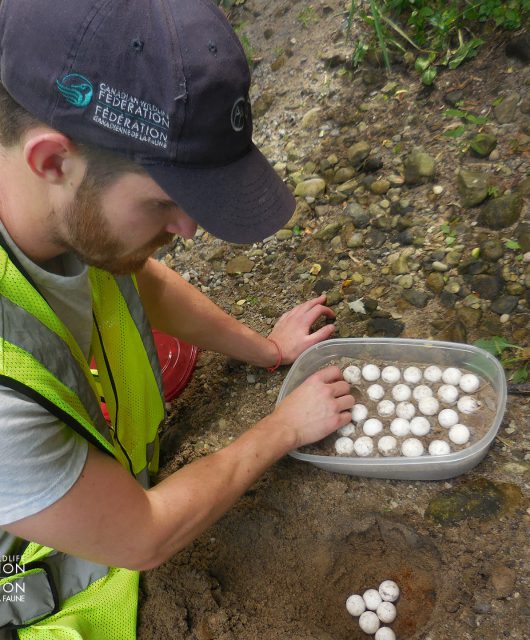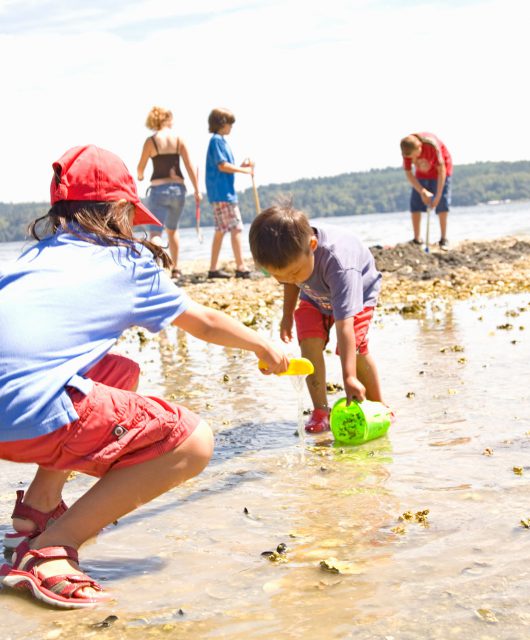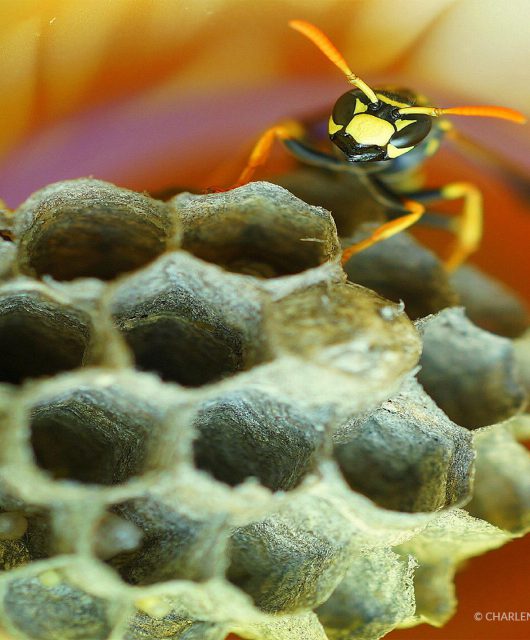As children head back to class, could increased outdoor education be an effective strategy in the COVID-19 era?
Giving today’s children more opportunities to experience nature first-hand has grown in the past few decades from a wacky, outside-the-box wish to a core precept in many elementary schools’ curricula. When Richard Louv published Last Child in the Woods: Saving Our Children from Nature-Deficit Disorder in 2005, he brought a science-based perspective to an undeveloped and naive-sounding notion about the benefits of kids being in nature. The book fostered the “No Child Left Inside” movement and galvanized people in countries around the world.
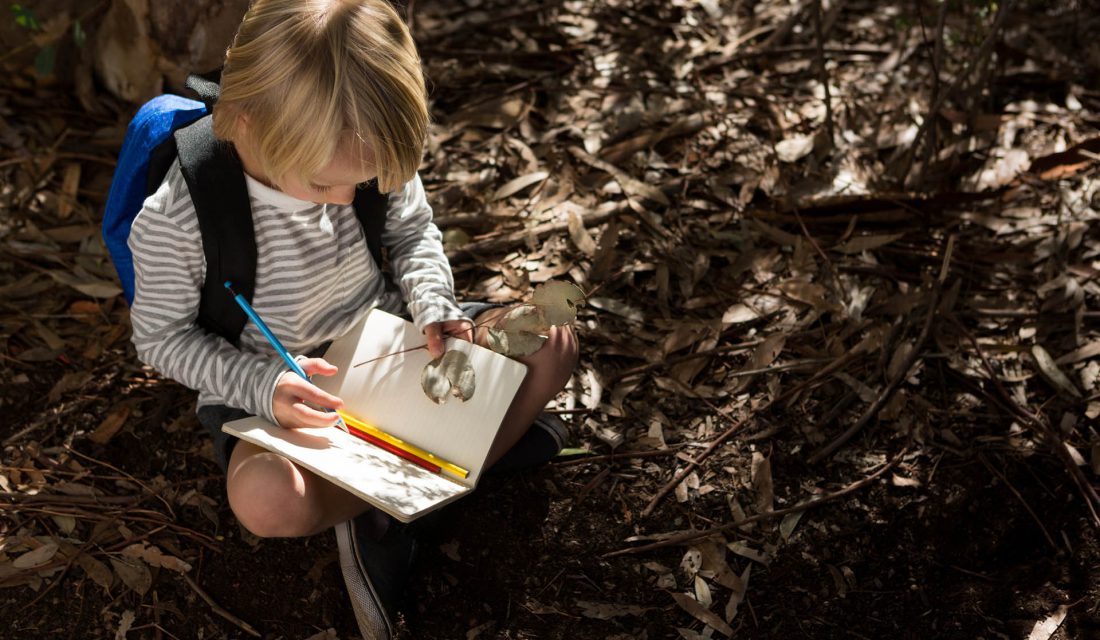
Certainly Louv was not the first to focus on learning in and from nature (even Thoreau wasn’t the first; instead think classical Greece and, closer to home, Indigenous peoples’ traditional modes of teaching), but his timing was excellent. At the time, parents, teachers, physicians and psychologists had begun voicing their concerns about the dawning digital era and the indolent and mind-numbing “activities” kids were getting up to during hours and hours of “screen time.”
The situation took an extreme turn with COVID-19: schools closed, rec centres locked, playgrounds and jungle gyms declared off limits. An estimated 90 per cent of the world’s students were suddenly deprived of classes; that’s more than 1.5 billion kids.
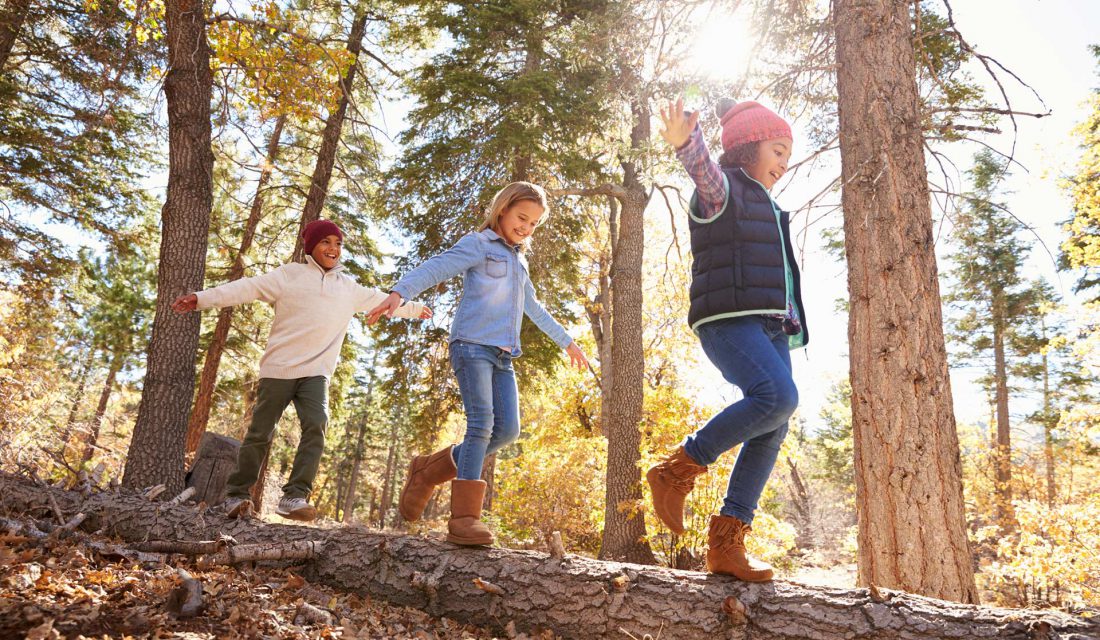
Today, months into the deadly pandemic, across Canada elementary school children have begun filtering back to school. But certainly not to the school routine they left in late winter. Now, amid much uncertainty and anxiety about gathering indoors, many students have limited time with other children, on-again off-again attendance and reduced activities. These and other in-class constraints are fundamentally changing their school days and diminishing their learning opportunities.
This is where outdoor education might make a difference. Jurisdictions around the world have come up with some innovative responses to COVID-19. They have embraced the notion that outdoor activity is a way to keep children healthy and happy — and learning.
Denmark was one of the earliest adopters. Beginning in mid-April, following a month of extensive closure across all aspects of society, the Scandinavian nation reopened its schools. Of course, there were measures to reduce crowding and stagger arrivals and departures, and essential hygiene measures were enforced. But a key component of their safe reopening was to encourage teachers to develop ways to teach outdoors, in schoolyards, parks and other public space, even cemeteries (is there a better place to teach history?). According to teachers interviewed since the reopening, the outdoor activities are not only effective in keeping kids apart, but they are popular with the students and their parents alike. They also proved to be effective venues in which to teach science, arithmetic, nature studies, and music and dance (both explicitly forbidden indoors as risky). Outside is also great for physical activity, playing coronavirus-safe games like no-touch shadow tag, hopscotch and nature-based scavenger hunts.
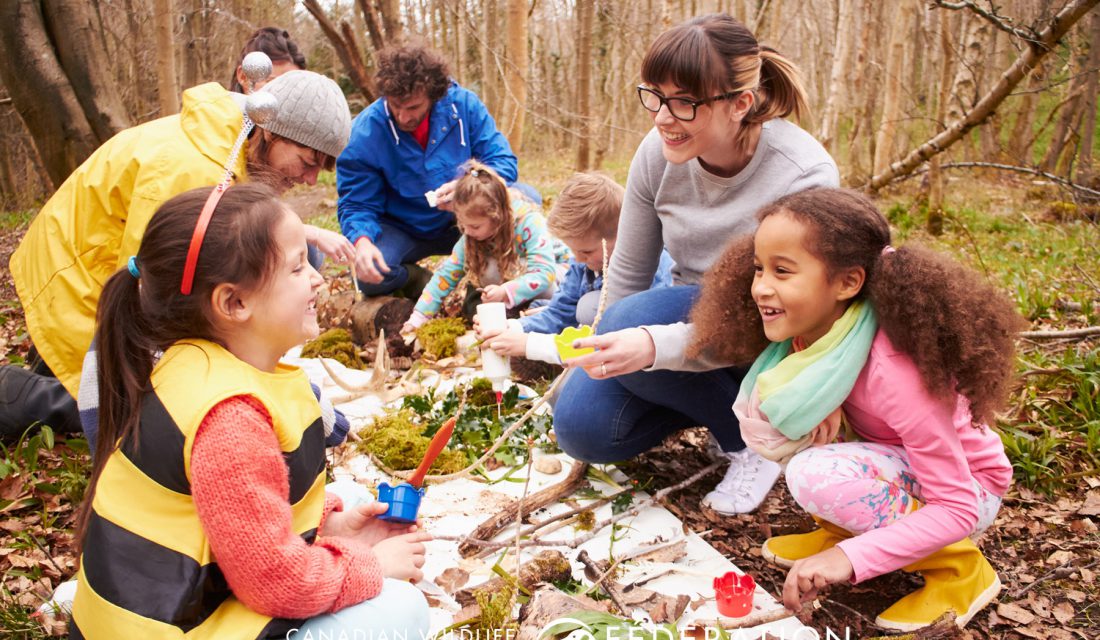
In Canada, school boards today can build on their experiences to date and on a robust outdoor education network to take on this challenge. Plenty of resources have been developed by the different levels of government and not-for-profits. The federal government has produced thorough “guidance documents” on a wide range of topics including child and youth activities and guidance for educators. Outdoor Play Canada, a national non-governmental organization and network of experts launched in September 2019, offers a downloadable Nature Playbook filled with games and activities perfect for young kids bursting with energy and curiosity. (It also offers many other resources for parents, teachers and policy-makers.) The Ever Active Schools initiative, funded by the Alberta government, has an impressive website offering a range of good, practicable ideas. Many more resources are easily accessed through a simple Google search.
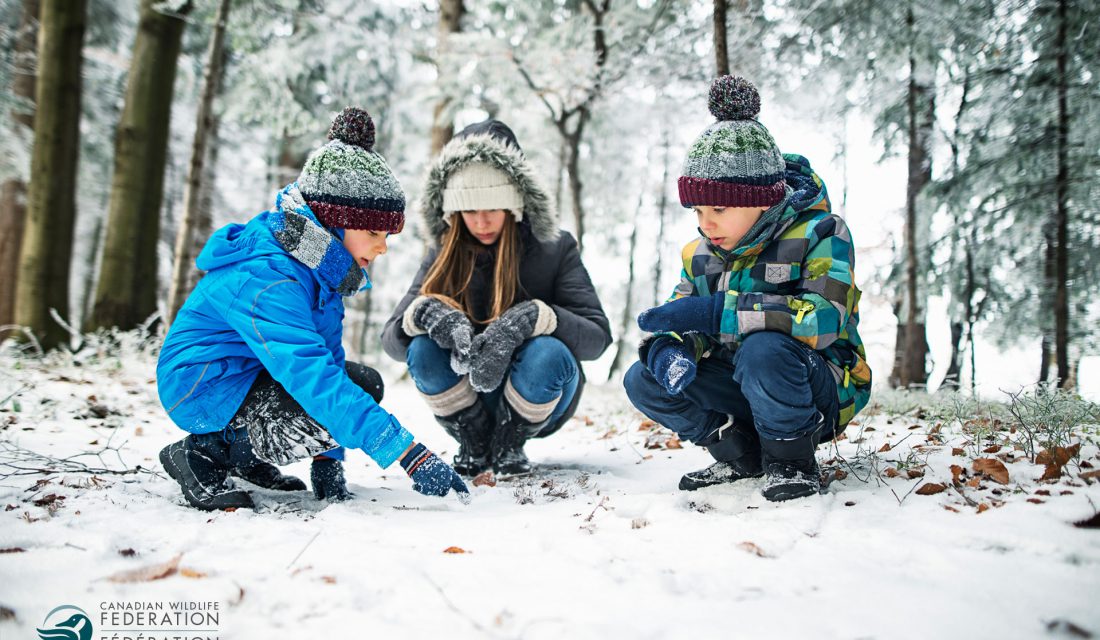 Naturally, in Canada, when it comes to outdoor education, the weather is always an issue. For most Canadian kids, winter can be very cold indeed. But as the saying goes, “there is no such thing as bad weather, just the wrong gear.” What’s needed is for children to be properly outfitted so they can enjoy outdoor learning all through the year. Snow painting anyone? To ensure that all are able to enjoy Canadian winter, it would be a matter of funding so that cold-weather gear can be made available for those whose parents cannot afford it. Such a program could be modelled after the breakfast and lunch programs that have long been so crucial to the well-being of kids across the country, as well as sports-equipment donation initiatives that have sprung up in many cities. Parent fundraising initiatives and financial and in-kind support from local and national businesses could handily cover the cost of ensuring all kids have the mittens, boots, neck gaiters, coats and snow pants they need to keep warm. The benefits would extend well beyond being kept safe from COVID-19. Kids would love being outdoors and, with the right lesson plans and guidance, could learn a tremendous amount about nature, about climate change and even about Canada’s past and future.
Naturally, in Canada, when it comes to outdoor education, the weather is always an issue. For most Canadian kids, winter can be very cold indeed. But as the saying goes, “there is no such thing as bad weather, just the wrong gear.” What’s needed is for children to be properly outfitted so they can enjoy outdoor learning all through the year. Snow painting anyone? To ensure that all are able to enjoy Canadian winter, it would be a matter of funding so that cold-weather gear can be made available for those whose parents cannot afford it. Such a program could be modelled after the breakfast and lunch programs that have long been so crucial to the well-being of kids across the country, as well as sports-equipment donation initiatives that have sprung up in many cities. Parent fundraising initiatives and financial and in-kind support from local and national businesses could handily cover the cost of ensuring all kids have the mittens, boots, neck gaiters, coats and snow pants they need to keep warm. The benefits would extend well beyond being kept safe from COVID-19. Kids would love being outdoors and, with the right lesson plans and guidance, could learn a tremendous amount about nature, about climate change and even about Canada’s past and future.
After months of lockdown and disruption, our children deserve — and need — to get back to being active learners in safe and supportive environments. As long as the spread of COVID-19 is a concern, genuine and fulfilling outdoor education can be part of the path back to normalcy and forward to a lifelong love of the outdoors.
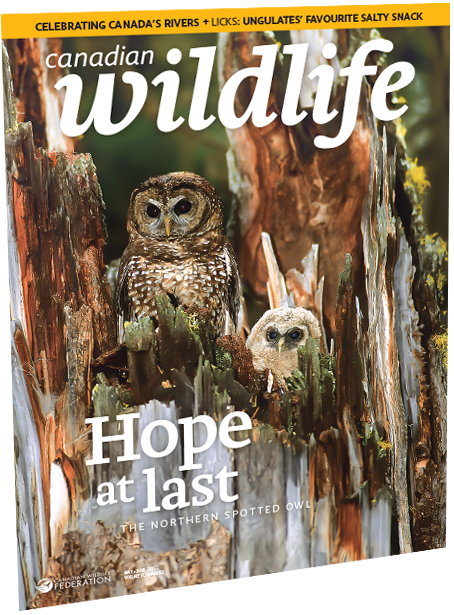
Reprinted from Canadian Wildlife magazine. Get more information or subscribe now! Now on newsstands! Or, get your digital edition today!

